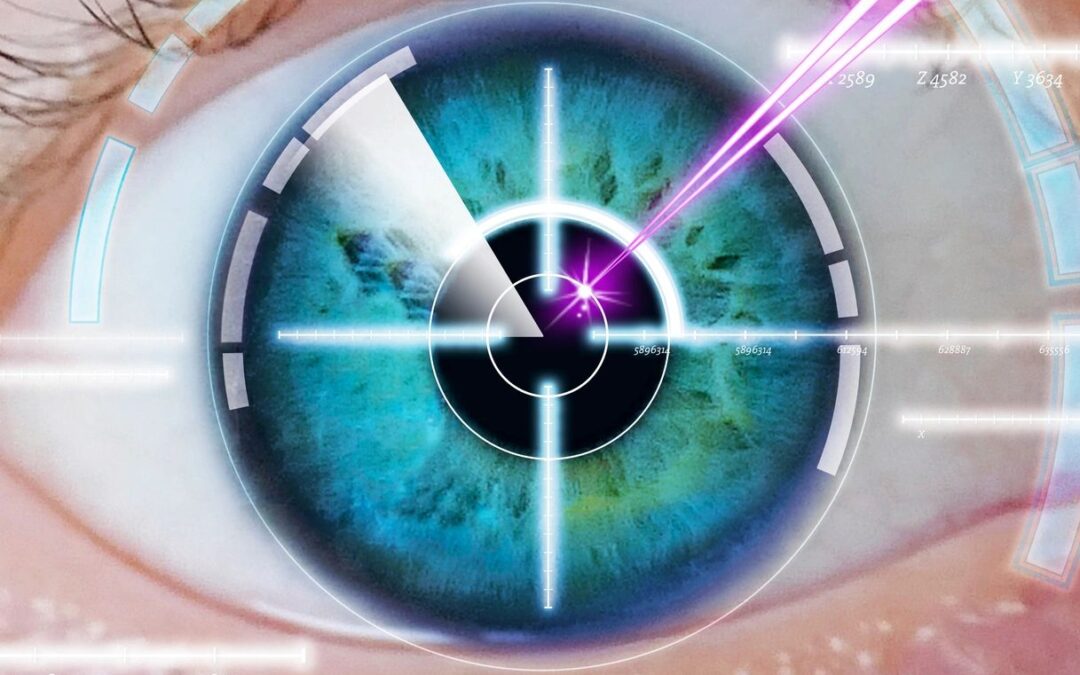By Hailey Stewart,* Evan Tassis and Matt Johnson –
In a Final Written Decision, the PTAB declared claims of a patent unpatentable after finding the patent was not entitled to the earlier priority date of the anticipatory reference in Platinum Optics Technology, Inc. v. Viavi Solutions Inc., IPR2022-01489 (Apr. 11, 2024). Notably, the PTAB shifted the burden of production to Patent Owner to show the ’794 patent was entitled to the filing date of the reference (the “Hendrix” reference) and Patent Owner ultimately failed to show the claims of the ’794 patent had adequate written description support in Hendrix to claim priority.
The PTAB’s written decision arose from a petition requesting inter partes review of claims in the ’794 patent directed to an optical filter and sensor system. Both Petitioner and Patent Owner agreed that the ’794 patent claimed priority to Hendrix. However, Petitioner argued that Hendrix did not contain adequate written description of the claimed genus such that the ’794 patent was not entitled to Hendrix’s priority date. Hendrix published more than one year before the filing date of the ’794 patent, such that absent the priority date, Hendrix was prior art to the ’794 patent and anticipated all claims of the ’794 patent.
To determine whether Hendrix qualified as prior art, the PTAB examined whether the claims of the ’794 patent had adequate support in the written description of the Hendrix application. The PTAB explained that Petitioner met its initial burden of production to demonstrate that Hendrix anticipated the claims of the ’794 patent, and having met that burden, the burden of production shifted to Patent Owner to prove that the ’794 patent is entitled to priority.
Patent Owner raised two arguments against the burden shifting framework employed by the PTAB. First, Patent Owner argued that Petitioner bore the burden of persuasion in establishing that Hendrix was prior art. Applying the Federal Circuit’s teachings in Dynamic Drinkware, LLC v. Nat’l Graphics, Inc., the PTAB explained however that Patent Owner had the burden to prove entitlement to the benefit of the filing date once it was properly placed at issued by Petitioner. Second, Patent Owner argued that the current case was distinguishable from Dynamic Drinkware in that the Examiner already determined that the written description of Hendrix supports the claims, therefore the Petitioner must establish Examiner error. The PTAB rejected Patent Owner’s argument stating that the cases cited by Patent Owner relate to denial of institution and did not affect considerations at the current stage with respect to the burden of the parties.
In its assessment of written description, the PTAB first construed “layers including silicon and hydrogen” to define a genus and explained that to support a genus claim, the written description must provide either (1) a representative number of species falling within the scope of the genus, or (2) common structural features among members of the genus so that one of skill in the art could “visualize or recognize” a member of the genus. Patent Owner contended that Hendrix disclosed hydrogenated silicon as a potential species and cited a sputter-deposition system that produced improved hydrogenated silicon material as written description support for the genus. The PTAB disagreed, stating that the written description of the deposition process only demonstrated an example of how to make hydrogenated silicon and did not indicate what other materials fell within the scope of the claimed genus. The PTAB determined that beyond this single species example, the Patent Owner did not identify any other properties of species falling within the genus that made the genus distinguishable. Without a structural description of the genus, the PTAB determined that one of skill in the art would not be able to “visualize or recognize” a member of the genus.
Moreover, Patent Owner argued that an ordinarily skilled artisan “would have understood that the claimed layers must form NIR bandpass filters”—essentially arguing that the genus should be treated as a functional genus. Paper 25, at 21. However, the PTAB disagreed and explained that the specification must demonstrate that the applicant made a generic invention that produces the claimed result, and do so by showing that the applicant invented a species that supports a claim to the functionally-defined genus. The PTAB determined that the specification did not support a functionally-defined genus given it disclosed only the single sputter-deposition process example and did not explain how materials containing silicon and hydrogen would be chosen to produce a functional NIR bandpass filter.
The PTAB concluded that Hendrix was prior art because the written description did not provide adequate support for the genus of “layers including silicon and hydrogen.” Even though Hendrix lacked written description support, the PTAB found that Hendrix anticipated all claims of the ’794 patent because Hendrix still disclosed a species within the challenged genus claims.
Takeaway: When a Petitioner meets its initial burden of production showing a priority reference anticipates the claims of the patent-at-issue, the burden of proof shifts to the Patent Owner to prove that the patent-at-issue is entitled to the benefit of the reference’s filing date. Further, to show adequacy of written description of a genus claim, the specification should provide either a representative number of species falling within the scope of the genus or common structural features among members of the genus so that one of skill in the art could “visualize or recognize” a member of the genus.
* Hailey Stewart is a summer associate in Jones Day’s Washington Office.
Matthew Johnson
Latest posts by Matthew Johnson (see all)
- PTAB Presentation Regarding Director Institution – Slides and Rough Transcript - October 30, 2025
- Divergent Claim Construction Results in Discretionary Denial - October 29, 2025
- Director Takes On All Institution Duties - October 17, 2025

